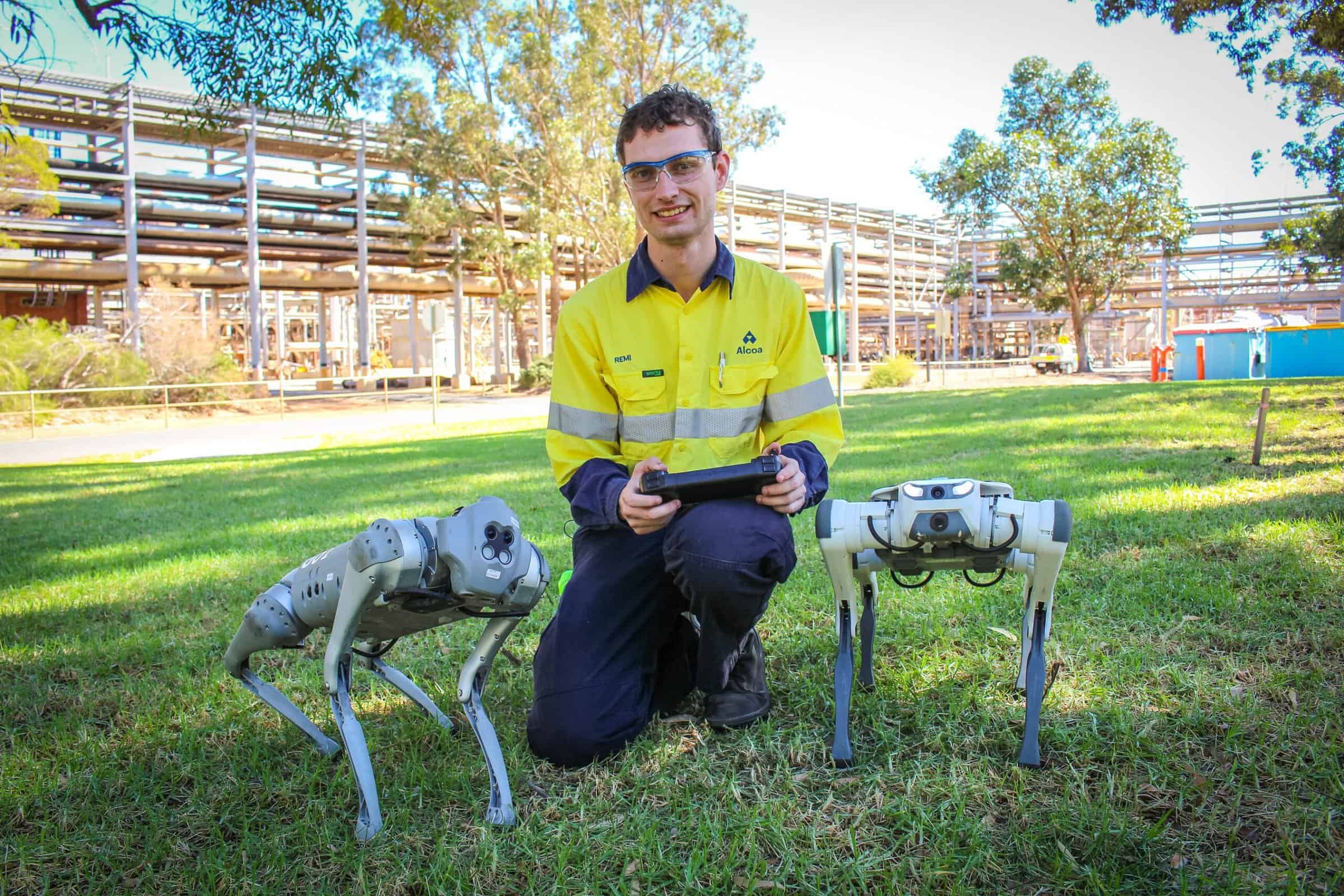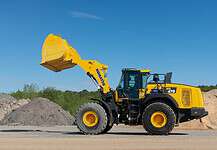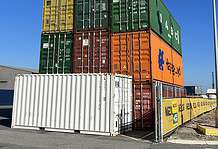Alcoa introducing paws-tively safer mining operations

Robotic dogs may soon be deployed across Alcoa’s mining, refining and smelting operations to complete monotonous or dangerous jobs.
Thanks to the company’s Information Technology and Automation Solutions team, two prototype robotic dogs are currently undergoing trials at Alcoa’s Huntly bauxite mine, Wagerup alumina refinery and Portland aluminium smelter.
While this early testing is designed to identify accessibility and mobility requirements, the ultimate goal is to implement various degrees of automation. This ranges from remote operations through to fully autonomous AI driven technology.
Alcoa automation and robotics engineer Remi Hart says automated solutions have been trialled to improve the safety, accuracy and efficiency of completing repetitive and high-risk tasks.
“We’re finding solutions to problems that our sites nominate because they might pose safety issues or be repetitive such as pipe, conveyor and pump inspections, confined space entry work, and in maintenance and repair inspections of mobile equipment,” he said.
“At the moment we’re undertaking testing to understand what the robot dogs are fully capable of … can a robot dog climb up these stairs? Can it go over steps and under objects?”
One difficult area for the robotic dogs is conveyor rollers due to access limitations and the large number of rollers that need to be inspected on a regular basis.
With some 40,000 rollers transporting ore from the Willowdale bauxite mine to the Wagerup alumina refinery, Mr Hart says visual inspections are vital but requiring people to complete the task is labour intensive and relies on an individuals’ knowledge.
“Moving to an automated solution means we can carry out those inspections in a more repeatable, quantitative manner,” he said.
“We’ve really just started the program and we’re learning more as we go. As well as testing robot dogs’ mobility, we have other challenges to overcome such as dealing with magnetic fields in pot rooms at the smelters.”
While it will be some time before robotic dogs can be rolled out, feedback received so far has been highly positive.






















































